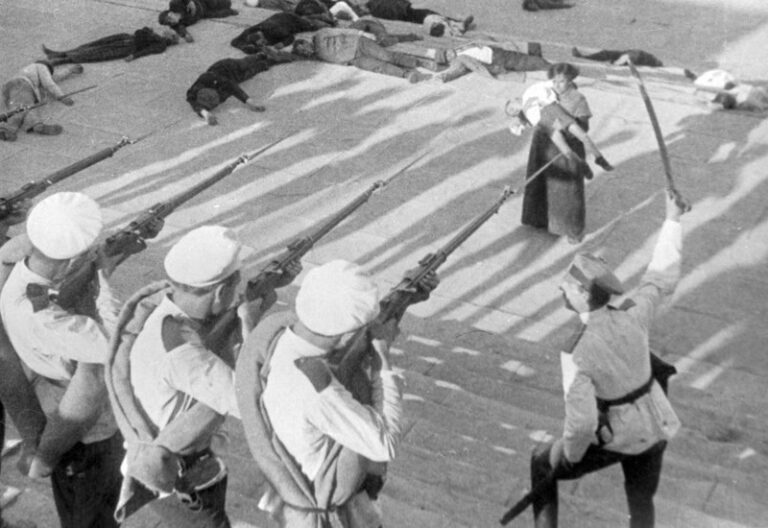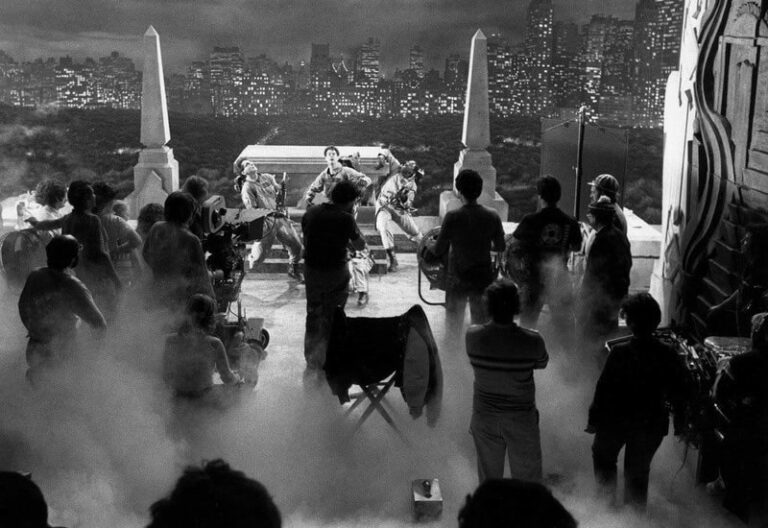defining the plot twist in film
A plot twist is a narrative techniques used in storytelling, where the plot takes an unexpected turn, surprising the audience and often reshaping their understanding of events, characters, or outcomes. Typically occurring at pivotal moments, plot twists are designed to keep viewers engaged, challenge their assumptions, and heighten emotional impact. Effective plot twists are usually foreshadowed subtly, allowing audiences to appreciate the storytelling craft upon reflection.
Published by: CinemaWaves Team | Filed Under: Film Blog
A Short Development of Plot Twists
The concept of the plot twist predates cinema, with roots in literature, theater, and oral storytelling traditions. Ancient works, such as Sophocles’ “Oedipus Rex,“ used twists to deliver dramatic and emotional weight, while in literature, stories like Edgar Allan Poe’s “The Tell-Tale Heart” or O. Henry’s “The Gift of the Magi” became famous for their surprising conclusions.
In film, the earliest examples of plot twists can be traced to the silent era. The 1920 German Expressionist film “The Cabinet of Dr. Caligari” delivered a shocking twist with its revelation of an unreliable narrator, a trope that remains influential to this day. Alfred Hitchcock, often called the “Master of Suspense,” popularized the use of twists in mainstream cinema with films like “Psycho” (1960), where the narrative shifts entirely following the shocking death of the main character midway through the story.
By the late 20th century, filmmakers like M. Night Shyamalan, David Fincher, and Christopher Nolan pushed the boundaries even more, creating intricate, mind-bending narratives. Their ability to subvert expectations turned plot twists into signature elements of their storytelling.

Types of Plot Twists
Revelation Twists: This type of twist involves the unveiling of a hidden truth about a character, event, or situation that completely changes the understanding of the story. These revelations are usually foreshadowed, giving audiences a sense of satisfaction as they connect the dots after the twist.
Unreliable Narrator: In this twist, the perspective provided by the narrator, or in some cases the protagonist, is revealed to be deceptive or incomplete. This can challenge the our trust and make us rethink the story from a new angle.
False Protagonist: In stories with a false protagonist, the character initially positioned as the main focus of the narrative is unexpectedly killed or removed, forcing the audience to shift their attention to another character or storyline.
Betrayal Twists: A betrayal twist centers on a character revealing their true motives, often to the detriment of the protagonist or other characters. These twists play with themes of trust, loyalty, and deception.
Chekhov’s Gun Twist: Named after the narrative principle that every element in a story must have a purpose, this twist involves a seemingly minor detail introduced earlier becoming crucial to the resolution of the plot.
Circular or Time Twists: Circular or time twists involve non-linear narratives where events fold back onto themselves, often creating a cyclical or paradoxical story.

Famous Films with Plot Twist
(Spoilers)
“Se7en” (1995) by David Fincher: Dark and atmospheric thriller that delivers a gut-wrenching twist in its final moments. Detectives Somerset (Morgan Freeman) and Mills (Brad Pitt) confront serial killer who has been orchestrating murders based on the seven deadly sins. The horrifying twist comes when a box is delivered to the scene, containing the severed head of Mills’ wife, completing Doe’s “wrath” sin by provoking Mills to kill him in a fit of rage.
“The Sixth Sense” (1999) by M. Night Shyamalan: This supernatural thriller culminates in one of the most celebrated twists in film history. Dr. Malcolm Crowe (Bruce Willis), a child psychologist, is revealed to have been dead the entire time, with the clues subtly woven throughout the film. This revelation recontextualizes every scene, especially his interactions with the young boy, Cole, who “sees dead people.” The twist not only surprises but also brings emotional weight, transforming the film into a poignant story about unresolved relationships and redemption.
“The Others” (2001) by Alejandro Amenabar: This gothic horror film follows Grace (Nicole Kidman), a mother protecting her photosensitive children in a house she believes is haunted. The shocking twist reveals that Grace and her children are actually the ghosts, and the “hauntings” are caused by the living inhabitants of the house.
“The Prestige” (2006) by Christopher Nolan: The film is packed with twists, the most significant being the reveal that Robert Angier (Hugh Jackman) uses a cloning machine for his performances, sacrificing his duplicate every time. Meanwhile, Alfred Borden (Christian Bale) is revealed to be two twin brothers living a shared life to protect their secret. These twists add tragic dimensions to their obsession, highlighting the cost of ambition and the lengths individuals go for greatness.
“Shutter Island” (2010) by Martin Scorsese: U.S. Marshal Teddy Daniels (Leonardo DiCaprio) investigates the disappearance of a patient at a remote mental asylum, only to discover that he is actually Andrew Laeddis, a delusional patient of the institution. The twist reframes the entire story as a tragic exploration of guilt, grief, and the human mind’s capacity to construct false realities as a coping mechanism. The film’s ambiguous ending leaves audiences questioning the nature of truth and choice.
The Art of the Plot Twist
Plot twists succeed when they are carefully crafted and integrated into the narrative. A great twist doesn’t feel forced – it feels earned, with subtle hints laid throughout the story for attentive viewers to pick up on. This delicate balance between surprise and logic is what makes a twist impactful and memorable.
Plot twists engage audiences by defying their expectations and encouraging deeper reflection on the story. They create emotional peaks, fuel discussions, and often turn a good film into a memorable one. In some cases, a well-executed twist can become the defining element of a movie.
Refer to the main page for more educational insights on filmmaking and cinema history.
Postmodernist film emerged in the latter half of the 20th century, rooted in the broader cultural and philosophical movement of postmodernism. It started as a reaction to the…
A cult film is a movie that builds a devoted following without achieving mainstream success or widespread critical praise at the time of its release. These films are…
Absurdist film is a genre that stems from the philosophical concept of absurdism, which posits that life is inherently without meaning, purpose, or order, and that human…
Juxtaposition is a powerful storytelling technique where two or more contrasting elements are placed side by side to highlight their differences or to create a new, often more…
Cinema as an art form, has the unique ability to challenge societal norms, push the boundaries of storytelling and provoke intense emotions. One of the most striking…
Film production is the process of creating a film from its initial concept to the final product. It involves numerous stages, each requiring a collaboration of talents, skills, and…






